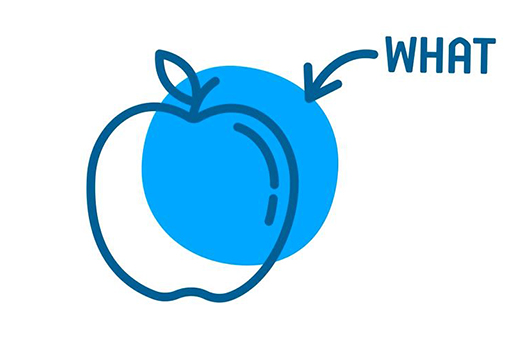1 What makes a successful brand?
In the Design Council’s Power of Branding (n.d.), they describe ‘four cornerstones’ of any good brand:
- The big idea – what lies at the heart of your company?
- Values – what do you believe in?
- Vision – where are you going?
- Personality – how do you want to come across?
Those cornerstones could equally apply in a personal branding context. In fact, they go on to suggest some very relevant questions you might ask yourself, including:
- What is your offer?
- What makes you different?
- What is your ‘personality’?
- What do consumers want or need?
Author and motivational speaker Simon Sinek is very clear about what makes one brand more successful than another. Watch this short video explaining his ‘golden circle’ concept:

Transcript: Video 2 Simon Sinek’s Golden Circle Explained
The link to Simon Sinek’s full TED talk on the topic is given in the Further reading [Tip: hold Ctrl and click a link to open it in a new tab. (Hide tip)] section at the end of this week.
Sinek’s Golden Circle model focuses on why a particular organisation does what it does, and why presenting this clearly to customers can lead to greater success. In Activity 1, you’ll consider how to apply this approach to yourself.
Activity 1 ‘What do you do?’
In many social and business situations, people ask us ‘What do you do?’ Take a few minutes to think about how you currently answer that question and write your thoughts in the box below. For example, you might say ‘I’m a teacher’, ‘I make architectural models’, ‘I’m in accounts’.
Now watch this second Simon Sinek clip, in which he focuses his ‘start with why’ approach on himself.
Taking into account Simon’s advice, how could you change your answer to that question? Write your new answer in the box below.
Discussion
In the language of the marketeers, what you’re doing in this exercise is starting to develop your ‘elevator pitch’, typically two or three short sentences that explain who you are and what you do. As Sinek suggests in the video, if you focus on ‘why’ you do it, you should receive an even more positive response.
Your focus for this activity is on what you do now. As you work through the course, you’ll have the opportunity to evaluate whether what you do now is something you’d like to change in some way – perhaps enhancing your current role with additional responsibilities or taking a completely different direction. In Week 8, once you’ve worked through the course, you’ll revisit the idea of an elevator pitch.
The ‘big idea’ described by the Design Council is closely linked with their other ‘cornerstones’ of values, vision and personality. In the next section, you’ll start to look at those in more detail.

